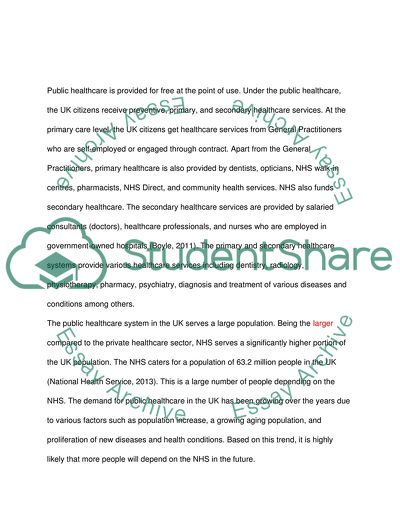Cite this document
(Health Inequalities and Welfare State Regimes in the UK Essay, n.d.)
Health Inequalities and Welfare State Regimes in the UK Essay. Retrieved from https://studentshare.org/health-sciences-medicine/1855650-in-relation-to-this-public-service-write-a-briefing-paper-of-no-more-than-3500-words-for-your-government-minister-exploring-the-scope-for-reforming-this-service-using-one-of-the-reform-strategies-covered-in-the-module
Health Inequalities and Welfare State Regimes in the UK Essay. Retrieved from https://studentshare.org/health-sciences-medicine/1855650-in-relation-to-this-public-service-write-a-briefing-paper-of-no-more-than-3500-words-for-your-government-minister-exploring-the-scope-for-reforming-this-service-using-one-of-the-reform-strategies-covered-in-the-module
(Health Inequalities and Welfare State Regimes in the UK Essay)
Health Inequalities and Welfare State Regimes in the UK Essay. https://studentshare.org/health-sciences-medicine/1855650-in-relation-to-this-public-service-write-a-briefing-paper-of-no-more-than-3500-words-for-your-government-minister-exploring-the-scope-for-reforming-this-service-using-one-of-the-reform-strategies-covered-in-the-module.
Health Inequalities and Welfare State Regimes in the UK Essay. https://studentshare.org/health-sciences-medicine/1855650-in-relation-to-this-public-service-write-a-briefing-paper-of-no-more-than-3500-words-for-your-government-minister-exploring-the-scope-for-reforming-this-service-using-one-of-the-reform-strategies-covered-in-the-module.
“Health Inequalities and Welfare State Regimes in the UK Essay”, n.d. https://studentshare.org/health-sciences-medicine/1855650-in-relation-to-this-public-service-write-a-briefing-paper-of-no-more-than-3500-words-for-your-government-minister-exploring-the-scope-for-reforming-this-service-using-one-of-the-reform-strategies-covered-in-the-module.


